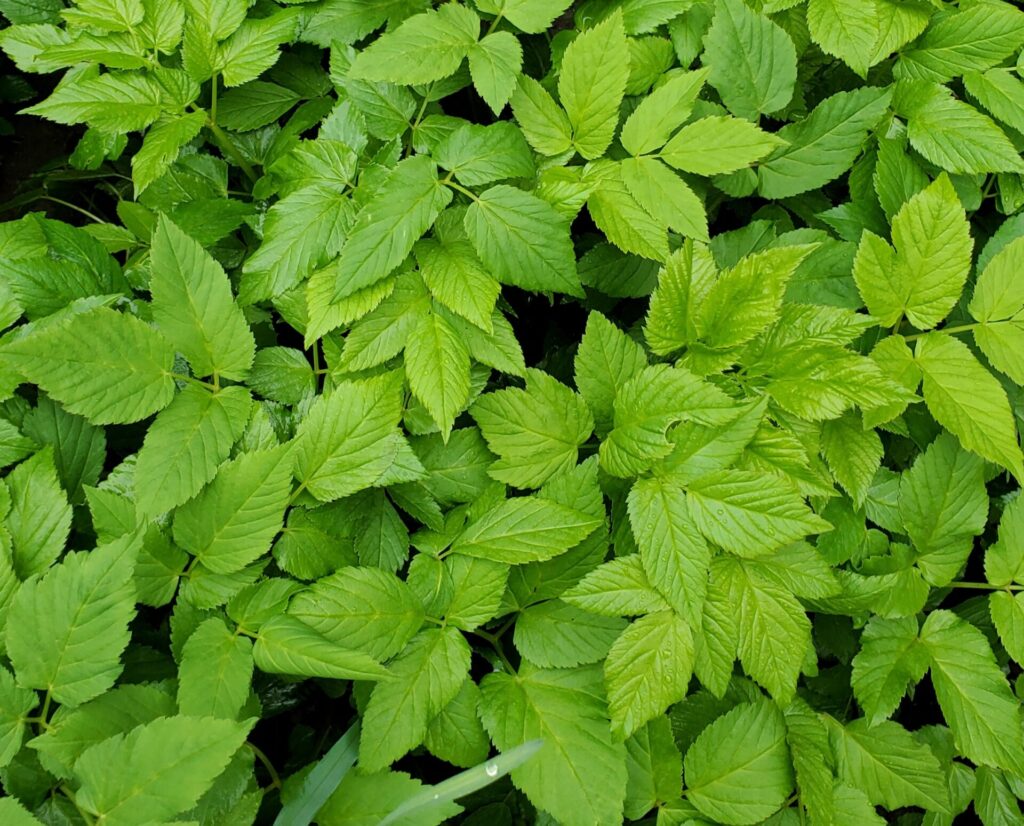
Hi. Can you please identify this. Thank you for your help.
Thank you for contacting the Toronto Master gardeners with your plant identification question.
It is always difficult to positively identify your plant from a photo. Leaf arrangement, flower morphology, growing conditions are just a few of the criteria required for a positive identification. You may wish to download the a FREE plant identification app, such as Picture This or iNaturalist, on your smartphone.
Leaves of three? Let it be” is a general rule of thumb, when identifying this noxious weed. However there are a number of other plants, which when young, appear similar to poison ivy: Box elder, Goutweed, Raspberries are just a few. Poison Ivy has polymorphic leaves (leaves with multiple shapes ), which makes it difficult to identify depending on the time of year, weather and environment.
In general, the middle leaflet of Poison Ivy is longer than the outer two leaflets. The outer two leaflets branch directly off of the petiole and can resemble a mitten. The leaves can have a smooth or jagged edge. In early spring the leaves will appear red and have a glossy appearance. Did you happen to notice the leaves when they first emerged? As the plant ages it will lose its glossy appearance and the leaves will turn green.
The Toronto Master Gardeners have a garden guide on Poison Ivy with more information on how to identify the plant as well as management and control strategies.
The Ontario Ministry of Food and Rural Affairs Ontario Weeds (OMAFRA) have a number of Poison Ivy Factsheets
The plant in question could also be Goutweed which is on the invasive species list. More information on this weed can be found here : Goutweed
You may wish to call in a professional which can positively identify the plant and be able to deal with it if it is Poison Ivy. To search for such businesses in your area, please visit Landscape Ontario.
May 7, 2021

